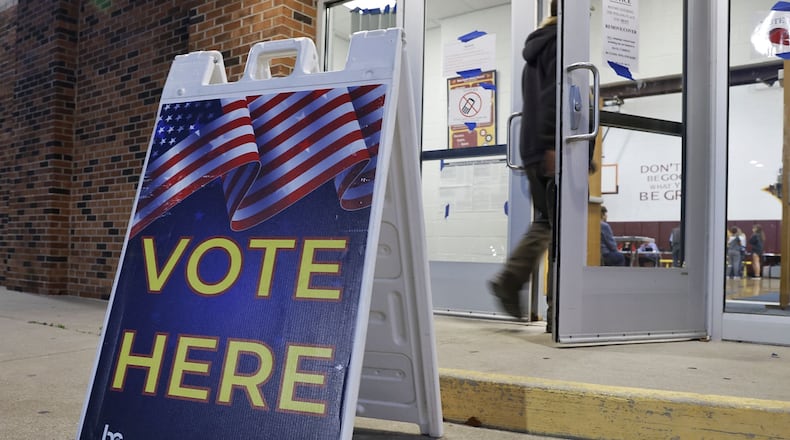On election night, the BOE reports unofficial election results as votes pour in; it’s real data, but it can’t entirely account for provisional or mail-in votes — two ways of voting that need additional validation. Certified results come 10 days later, mandated by the state.
All mail-in ballots get sent to one location in the county: the board of elections. For ballots that come in after the election, BOE officials validate that the ballot was postmarked on or before Nov. 7, and then validate the identity of the sender, through matching up social security numbers, drivers license numbers and signatures.
Further, all polling locations send their in-person provisional ballots to the BOE for complete validation. There, BOE officials make sure the voter is registered in the state, and invalidate the ballots of those who aren’t.
“We have a 10-day period after the election to receive any absentee mail ballots that are sent back, as long as they are all postmarked correctly,” said Unzicker. “We are looking at those provisionals, as well, that are coming in from the polling locations.”
Unzicker said there were 385 mail-in ballots that were received in the 10 days after Nov. 8, of which, the BOE found only 281 to be valid. Overall, there were about 24,000 mail-in ballots requested and about 21,900 of those ballots were returned to the BOE.
The BOE found 2,430 provisional ballots to be valid, while 305 provisional ballots were invalidated. Unzicker said a “high majority” of those ballots were invalidated because the voter was not appropriately registered.
The provisional ballot allows voters whose eligibility is in question put in a vote. Often, this comes into play with folks who recently moved and didn’t update their address in the state’s registration, or folks who recently changed their name.
For provisional ballots to be counted, the voter has to be registered anywhere in the state of Ohio at least 30 days in advance of the election. Voters must also provide a valid photo identification, or a utility bill, bank statement, or other government document that shows the voter’s current address.
“We get a lot of provisionals for people who are registered to vote, but their registration is not up to date,” Corbin said. “As long as you’re registered somewhere in the state of Ohio, that counts as being registered. The people who had their provisionals invalidated because they’re not validated, they’re not registered anywhere in Ohio, at all.”
Unzicker and Corbin stressed just how few ballots were counted after election day, compared to the total vote count. Corbin said that on top of the 130,000 total in-person, non-provisional votes, only 2,700 mail-in and provisional votes were added during the 10 day period after the election.
In at least one city-level race, Corbin said it was theoretically possible for provisional ballots and lagging mail-in ballots to affect the outcome of the race, but it would be a very slim chance.
“It was possible that if every one of those provisionals was valid, and all the people voted in the same direction, it could have changed something,” Corbin said.
About the Author

